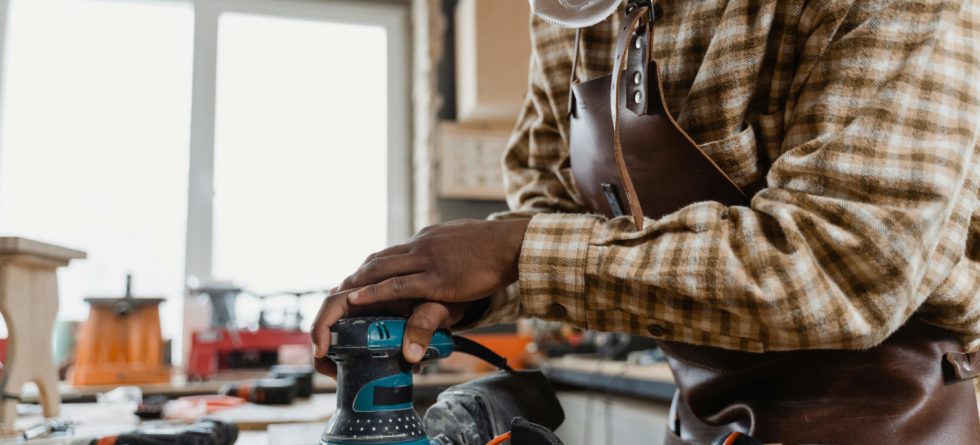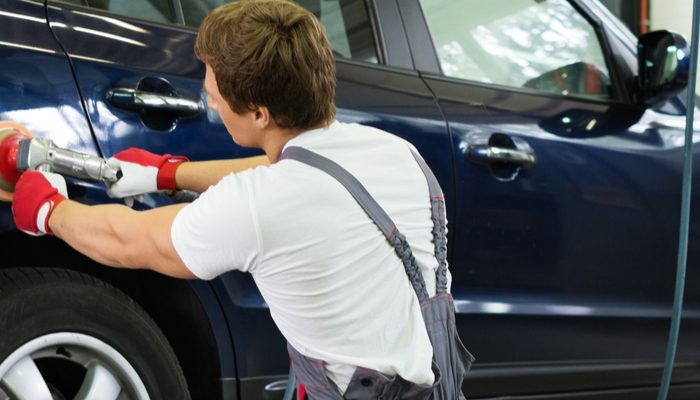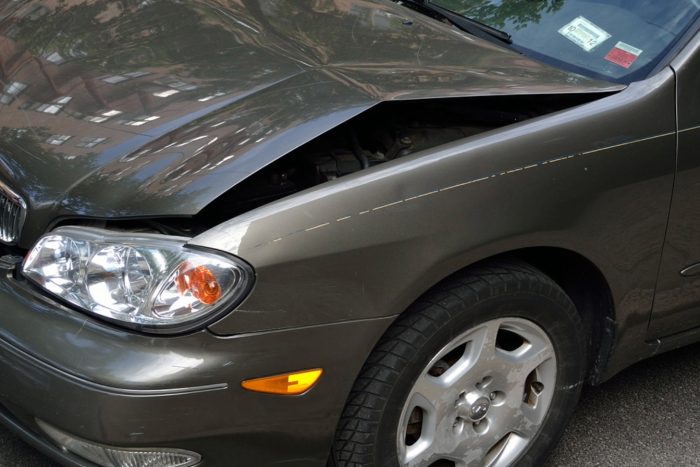Can I Use A Orbital Sander To Sand My Car?

Yes, you can use an orbital sander to sand your car, but it requires careful handling to ensure a good finish and to avoid damage to the car’s body. An orbital sander can make the sanding process faster and more efficient compared to manual sanding, especially for larger areas.
Here are some tips and considerations for using an orbital sander on your car…
- Choose the Right Grit Sandpaper – Start with a coarser grit to remove the old paint or primer and then gradually move to finer grits for smoothing the surface. Progress through the grits to ensure a smooth finish that’s ready for painting.
- Keep the Sander Moving – To avoid creating grooves or uneven spots, keep the orbital sander moving constantly in a controlled, circular motion. Do not apply too much pressure or focus on one area for too long.
- Use a Dual-Action (DA) Sander – A dual-action (DA) orbital sander is often recommended for auto body work because it combines rotary and orbital motions, reducing the risk of sanding too deeply or damaging the bodywork.
- Dust Management – Sanding can create a lot of dust, which can settle into the car’s surface and cause imperfections in the paint. Use a sander with a dust collection system if possible, and always clean the surface thoroughly before moving to finer grits or starting to paint.
- Safety Precautions – Wear appropriate safety gear, including a dust mask or respirator, safety glasses, and gloves to protect yourself from dust and debris.
- Finish by Hand in Sensitive Areas – For edges, corners, and other delicate or hard-to-reach areas, it’s often better to finish the job by hand. This helps prevent accidental damage from the sander.
- Inspect and Clean Between Grits – Regularly check your work and clean the surface between changing sandpaper grits to remove any debris that could scratch the surface.
Using an orbital sander requires some practice to get used to the tool’s handling and to understand how it affects the car’s surface. It’s often a good idea to practice on a less visible section or a spare piece of metal to get a feel for the process before tackling more visible areas.





